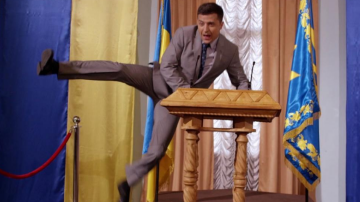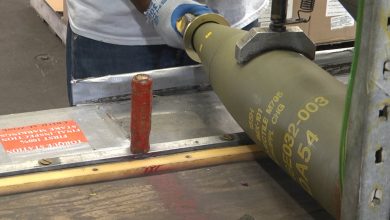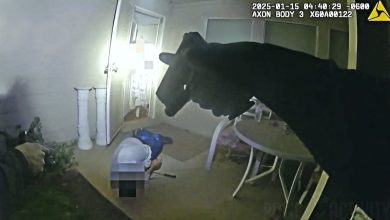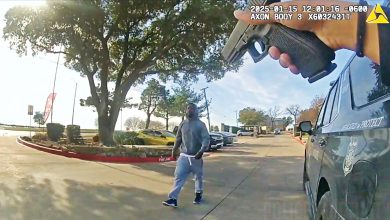Cheap first-person-view drones now hunting larger prey in Ukraine
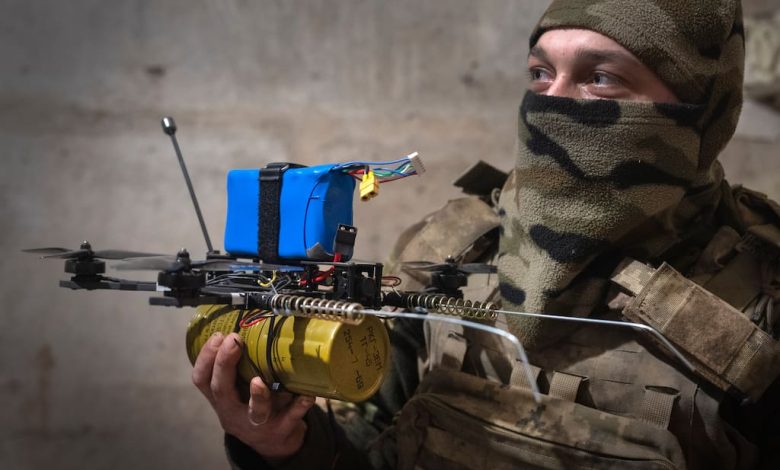
MILAN – Low-cost first-person-view drones are proving increasingly capable of striking larger platforms — such as combat helicopters — in Ukraine, as their pace of development has accelerated to allow them to fly faster and further.
On Aug. 7, the Ukrainian military released footage showing one of its unknown models of FPV drones successfully hitting the tail rotor of a Russian Mi-28 Havoc attack helicopter over the battlefield.
The hit represented one of the first filmed strikes on a manned Russian helicopter, in flight, using a Ukrainian FPV platform. While these variations of drones have been used widely across the battlefield, experts say efforts to use them to bring down larger, expensive aircraft have been previously unsuccessful.
“There were numerous attempts of Ukrainian FPVs trying to chase Russian helicopters before, but all such attacks were near misses,” Sam Bendett, a research analyst at the U.S.-based Center for Naval Analyses, said. “It’s difficult to pilot an FPV drone towards a military helicopter flying at high speeds.”
Although it is not possible from the available recording to certify the overall impact of the hit on the aircraft, Bendett says that the fast-paced evolution of these small drones and the ways they can be used should be watched closely by militaries globally.
“The sky over the [Ukraine] battlefield is now teeming with fast-flying FPVs hunting much larger prey, and assuming one can be piloted to the helicopter’s vulnerable part — like its rear propeller — major damage can be done,” he said.
Helicopters have proven especially vulnerable throughout the war in Ukraine, due in part to the proliferation of ground-based air defenses that have rendered manned flight across the battlefield extremely difficult.
As of July 27, Ukraine’s military intelligence unit, HUR, reported that Russian forces have lost up to 326 helicopters since the start of the invasion. Bendett notes that some of Moscow’s rotorcraft are larger and fly at slower speeds than the Mi-28, which could offer more occasions for a successful FPV attack.
FPV drones were introduced relatively early on in the war to fulfill different tasks. In late 2023, Ukrainian President Volodymyr Zelenskyy announced the country’s intention to produce one million of the platforms in 2024.
Whereas initially the drones had a significantly limited range, between 3 to 5 kilometers on average, Bendett says that number has expanded to 15-20 kilometers today.
The future use of FPVs in combat will likely involve them flying “in swarms and groups in order to overwhelm adversary defenses,” according to Bendett.
Beyond this, other military experts argue that the rise of this new threat alongside the already exposed vulnerabilities of helicopters will necessitate a reconsideration of the use and role of rotary aircraft.
“The future use of helicopters in combat can and should be rethought, especially with the growth of unmanned systems,” Serhii Kuzan, a former adviser to the Ukrainian Ministry of Defense, told Defense News. “It is quite likely that their role as strike means may change after the Russian-Ukraine war, as potentially this feature will be used by attack drones or even unmanned helicopters.”
Elisabeth Gosselin-Malo is a Europe correspondent for Defense News. She covers a wide range of topics related to military procurement and international security, and specializes in reporting on the aviation sector. She is based in Milan, Italy.


